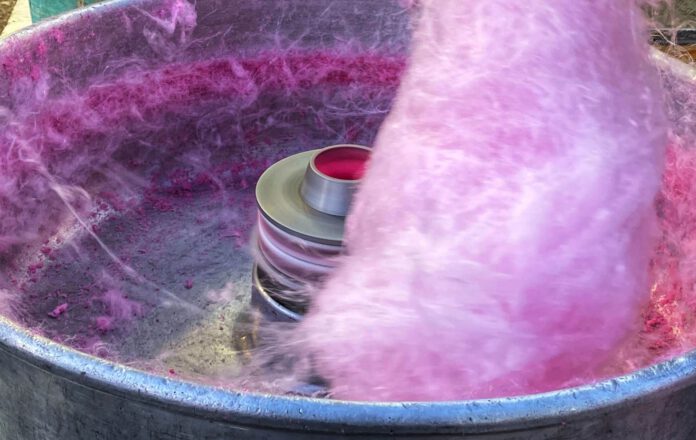
International Researchers Discover Unique Exoplanet: WASP-193b
An international team of researchers, including scientists from the University of Liège, has discovered a new planet named WASP-193b. This planet is quite extraordinary; its density is comparable to that of cotton candy.
WASP-193b is located approximately 1,200 light-years from Earth. The planet is 50% larger than Jupiter but has a mass seven times smaller than Jupiter’s mass. This translates to a very low density, similar to that of cotton candy, according to the researchers.
Distinctive Characteristics
WASP-193b is noted as the second least dense planet discovered to date, only surpassed by the smaller Kepler-51d. “What really sets WASP-193b apart from the more than 5,000 exoplanets discovered so far is its extremely low density,” said researcher Khalid Barkaoui.
Discovery through Wide Angle Search for Planets
Barkaoui and his colleagues first glimpsed WASP-193b through the Wide Angle Search for Planets (WASP). This research project monitors the brightness of thousands of stars using observatories in both the northern and southern hemispheres. WASP-193, the host star of WASP-193b, caught their attention between 2006 and 2008, with additional observations in 2011 and 2012. Researchers noticed periodic dips in the star’s brightness, which they traced back to the existence of a planet orbiting it. As this planet passes in front of its host star from our point of view, it obstructs a portion of the star’s light, causing temporary dips in brightness.
Orbital Period and Size
Based on WASP’s measurements, researchers concluded that WASP-193 indeed hosts a planet. Observations also indicated that the planet takes approximately 6.25 days to complete one orbit around its host star. The researchers were also able to estimate the planet’s size from the amount of starlight it blocked, concluding it to be about 1.5 times bigger than Jupiter.
Mass and Density
The remarkable findings continued when researchers attempted to determine the planet’s mass using other observatories. To their surprise, WASP-193b has a mass seven times smaller than Jupiter’s. Despite being 1.5 times larger than Jupiter, its density is extremely low. Published in the journal Nature Astronomy, the findings indicate that WASP-193b’s density is about 0.059 grams per cubic centimeter. For comparison, Jupiter has a density of 1.33 grams per cubic centimeter, and Earth’s density is a whopping 5.51 grams per cubic centimeter.
Cotton Candy Comparison
“The planet is so light that it’s hard to think of a solid material with a comparable density,” said researcher Julien de Wit. Yet, the researchers found a comparison; WASP-193b’s density is most similar to that of cotton candy, which has a density of approximately 0.05 grams per cubic centimeter. “The reason WASP-193b is comparable to cotton candy is that both are largely composed of air. The planet is just super fluffy,” he added.
While cotton candy is mainly made of sugar, WASP-193b mostly consists of hydrogen and helium, the researchers suspect. These gases likely form an enormous atmosphere extending tens of thousands of kilometers beyond Jupiter’s atmosphere. How the planet has swollen to such an extent is still unclear. Although there are various theories on how planets form, none can currently explain the existence of WASP-193b. “We can’t explain how this planet formed,” confirmed researcher Francisco Pozuelos. “WASP-193b is a cosmic mystery,” added Barkaoui. The scientists hope that future observations, particularly with the James Webb Telescope, will help unravel this mystery.











